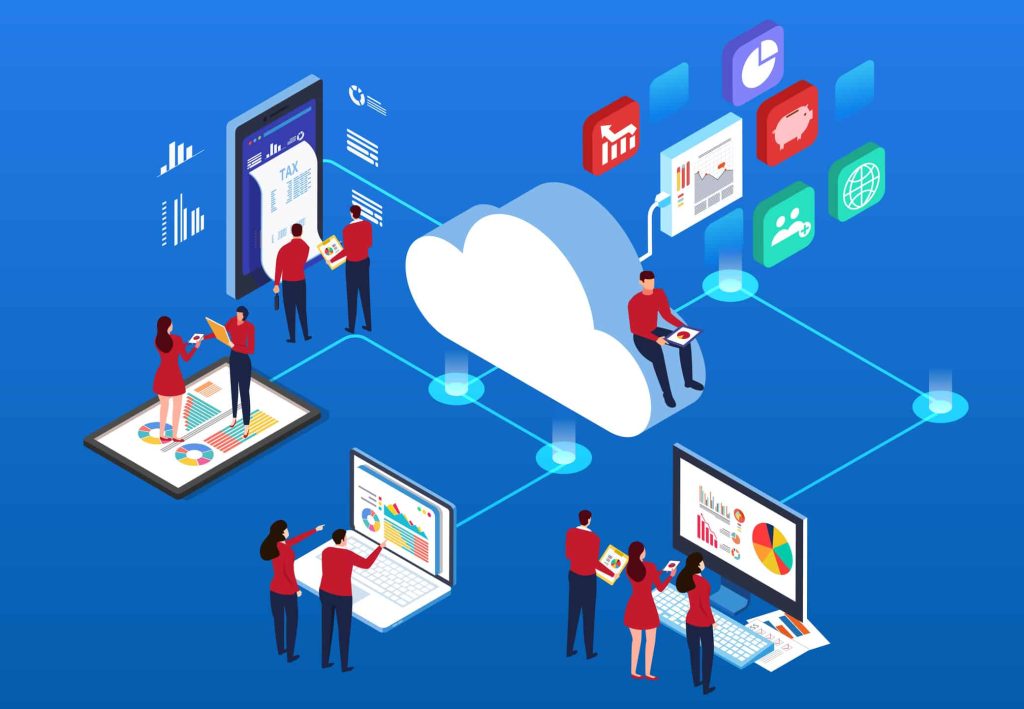ERP Systems are the latest solution to business management, and it’s time to let MS Excel go.
With more than 1 billion users as of April 2022, Microsoft Excel is used by one in eight people on the planet. However, many businesses use MS Excel because they are unaware of alternatives.
The truth is that Excel was launched back in 1985, and despite several iterations over the years, it remains a static and dated mode of data documentation.
Microsoft Excel’s Limitations for Businesses
Here are some of the primary ways MS Excel can hold a business back when used for data documentation and management.
1) Manually Operated
Whether you need to automate log form submissions or sync databases across teams, MS Excel needs to be manually operated and filled in. This often means that businesses spend valuable resources on updating and sharing data. Manual data entry also leaves room for human error, making data sets potentially unreliable. Cross-verification and analysis of data also require further human involvement.
2) Data Decentralisation
With multiple departments and teams recording and submitting data, information can be easily dispersed and inaccessible. The lack of a single source for all relevant data means sharing processes are complicated and time-consuming.
3) Non-Collaborative
Excel spreadsheets have to be individually maintained, and any changes or revisions to data need to be recorded in later versions of documents. MS Excel has to be uploaded and shared across teams, and old versions of data often take up space and cause data redundancy, confusion, and potential version control issues. MS Excel does not allow simultaneous editing from multiple users.
4) Limited capabilities
Large datasets can quickly overwhelm the processing power of MS Excel, leading to slow response times and difficulty in managing large volumes of data. This becomes particularly apparent as the business grows, creating scalability issues. Furthermore, like all computer programs, MS Excel can be vulnerable to viruses, which can cause data corruption or deletion.
5 Benefits of Replacing Spreadsheets with Cloud ERP
Enterprise Resource Planning (ERP) systems are an emerging solution to business data management. Let’s look at the top benefits of switching from MS Excel to a Cloud ERP solution.
1) Scalability
An ERP system is a type of business management software that integrates and automates many of the functions and processes that are typically managed manually with Excel.
Data management requirements grow exponentially as businesses scale. Spreadsheet systems like Microsoft Excel get increasingly complex and error-prone with higher data volume, while ERPs are designed to accommodate larger datasets dynamically and can easily scale as a business grows. This can improve the efficiency and accuracy of business processes and make adding new features and functionality easier.

2) Security
One of the main advantages of moving from Microsoft Excel to an ERP system is improved security. Excel is a powerful tool for managing data, but it is not designed for large-scale data management and does not have the same level of security features as an ERP system.
An ERP system is designed to handle large volumes of data and can provide robust security features to protect that data. This can include things like user authentication, data encryption, and access controls that can prevent unauthorised access to sensitive data.
3) Data Centralisation
An ERP system typically stores data in a centralised database, making it easier to monitor and manage security than with Excel, where data is often spread across multiple spreadsheets. This can help prevent data breaches and other security incidents and provide peace of mind for businesses and their customers. Data centralisation further improves collaboration amongst teams, reducing time spent when needing to access and update data. Additionally, it can also help streamline processes and improve accuracy and data integrity.
4) Employee Productivity
Many of the processes that are typically managed in small to medium sized businesses (typically data entry and reporting) are done manually in Microsoft Excel, which can be time-consuming and error-prone.
Moving to an ERP system can help businesses improve employee productivity by streamlining data management processes, the ability to automate processes and providing easy access to the data employees need. This can help teams and businesses operate more efficiently and effectively.
5) Integrations
An ERP system can easily integrate with other software, such as Customer Relationship Management (CRM) and Supply Chain Management (SCM) systems. This can provide a more comprehensive view of a business’s operations and make managing data across different departments and functions easier.

In addition, ERP systems often provide application programming interfaces (APIs) that allow developers to easily integrate the ERP system with other software. This can make it easier to customise the system and add new features and functionality as needed.
Overall, moving to an ERP system can provide businesses with easier integration with other software.
When Should a Business Make the Switch From Excel to ERP?
There is no one-size-fits-all answer to when to switch from Microsoft Excel to an ERP system. The decision to move should be based on a business’s specific needs and circumstances.
One potential trigger for switching to an ERP system is when a business outgrows Excel, and the amount of data becomes too large to manage effectively. As a business grows and the amount of data increases, Excel can become unwieldy and difficult to navigate, leading to inefficiencies and errors.
Other signs that you may have outgrown Excel for budgeting and planning include a need for more advanced features, such as the ability to track multiple scenarios or perform more complex calculations, or if you are finding it difficult to keep your data organised and up-to-date.
In these cases, it may be time to consider using a more powerful tool, such as dedicated budgeting and planning software, to manage your financial data.
Goodbye MS Excel: Making the Switch to a More Efficient Data Future
SAP Business One Cloud offers a range of modules for managing various business functions, including finance, sales, purchasing, inventory, and production. SMB Solutions Cloud Services uses a cloud-based deployment option, which allows users to access the system from any location with an internet connection. This makes it easier for businesses to manage their operations and collaborate with their team members in a hybrid-remote model, regardless of where they are located.
Get in touch today to learn more about how SMB Solutions Cloud Services can help facilitate your move to the cloud.

